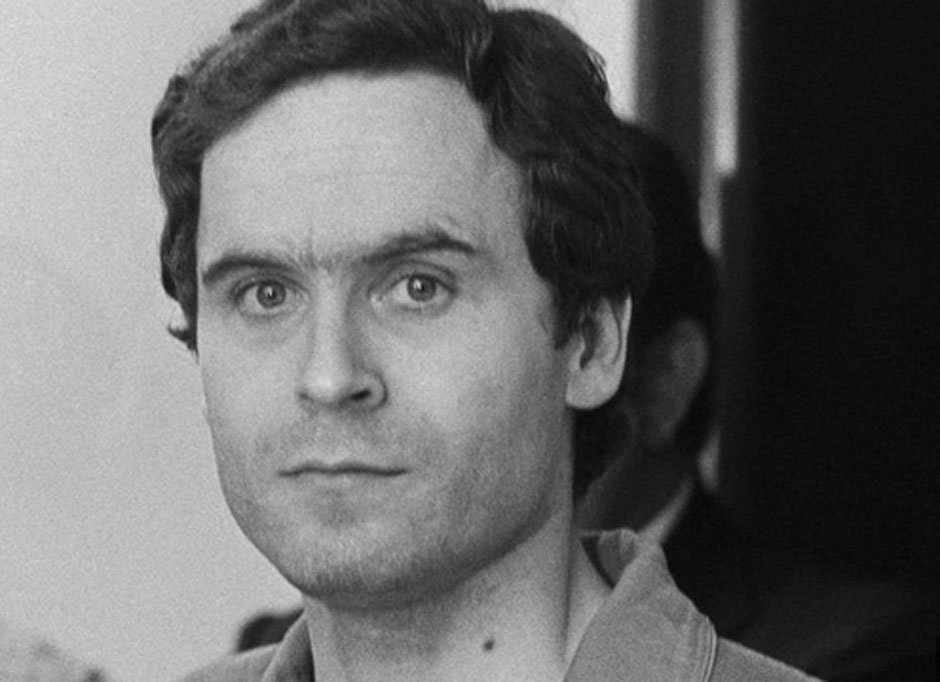Johnny Culpepper Bundy is known for being the father of Ted Bundy. This article walks you through everything you need to know about him. Continue reading to find out more.
Background and Family
Johnny Culpepper Bundy was born on April 23, 1921, in Elizabeth City, Pasquotank County, North Carolina, USA. He worked as a cook in a hospital. On May 19, 1951, he got married to Louise Cowell (the daughter of Eleanor Longstreet and Samuel Cowell). After getting married to her, he adopted her illegitimate son Ted Robert Cowell. He and Louise Cowell had 4 children together.
His Adopted Son, Ted Bundy
Theodore Robert Bundy, born Theodore Robert Cowell in 1946, was a monster who would become synonymous with chilling acts of violence. His early life, however, paints a complex picture, shrouded in secrecy and marked by potential instability.
Bundy’s origins are shrouded in mystery. Born to a single mother, Eleanor Louise Cowell, his biological father’s identity remains unknown. Raised by his grandparents under the pretence that they were his parents, Bundy’s childhood was marked by a constant undercurrent of deceit. This deception would later be revealed, leaving him with a lifelong resentment towards his mother.
Descriptions of Bundy’s early environment are conflicting. Some accounts depict a loving home with his grandparents, while others reveal a more unsettling reality. His grandfather, Samuel, may have been a domineering figure, prone to violent outbursts. Bundy’s grandmother, on the other hand, seemed withdrawn and possibly suffered from mental illness.
In 1950, Louise moved with Ted to Tacoma, Washington, seeking a fresh start. There, she met and married Johnny Culpepper Bundy, who adopted Ted. Despite Johnny’s attempts to connect with his adopted son, Ted remained distant.
Bundy’s teenage years were a period of exploration, but also potential darkness. He excelled academically but struggled with social interactions. He described feeling like an outsider, unable to understand the intricacies of friendship.
However, some classmates paint a different picture, remembering him as well-liked and involved in school activities. Despite this, Bundy harbored a rebellious streak, engaging in petty theft and possibly acts of cruelty towards animals.
Disturbing details also emerged about Bundy’s fascination with violence and voyeurism. He reportedly scoured detective magazines and crime novels, drawn to stories of sexual brutality. He would also stalk women at night, peering into windows and indulging in voyeuristic fantasies.
Bundy’s childhood neighbor, Sandi Holt, offered a chilling glimpse into his possible sadistic tendencies. She described him as a bully who inflicted fear and pain on those around him. These early behavioral patterns hint at the horrifying darkness that would later consume Bundy.
By the time he reached adulthood, Bundy had built a facade of normalcy. However, the seeds of violence may have already been deeply rooted, fueled by a troubled upbringing and a twisted fascination with the macabre. This complex background offers a glimpse into the making of a monster, a chilling reminder of the potential for darkness to lurk beneath an unassuming exterior.
On January 24, 1989 (aged 42), he was executed by electrocution at Florida State Prison, Raiford, Florida, U.S.



